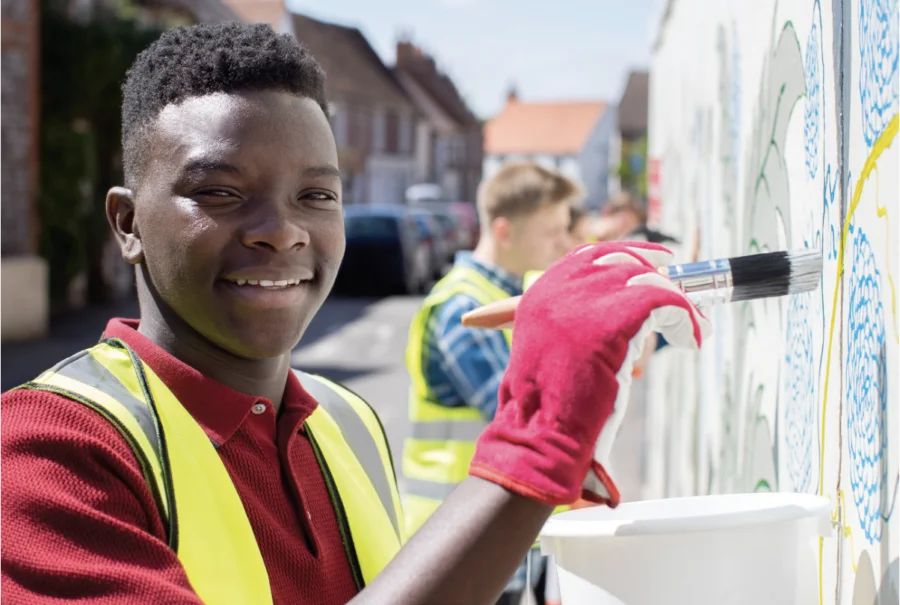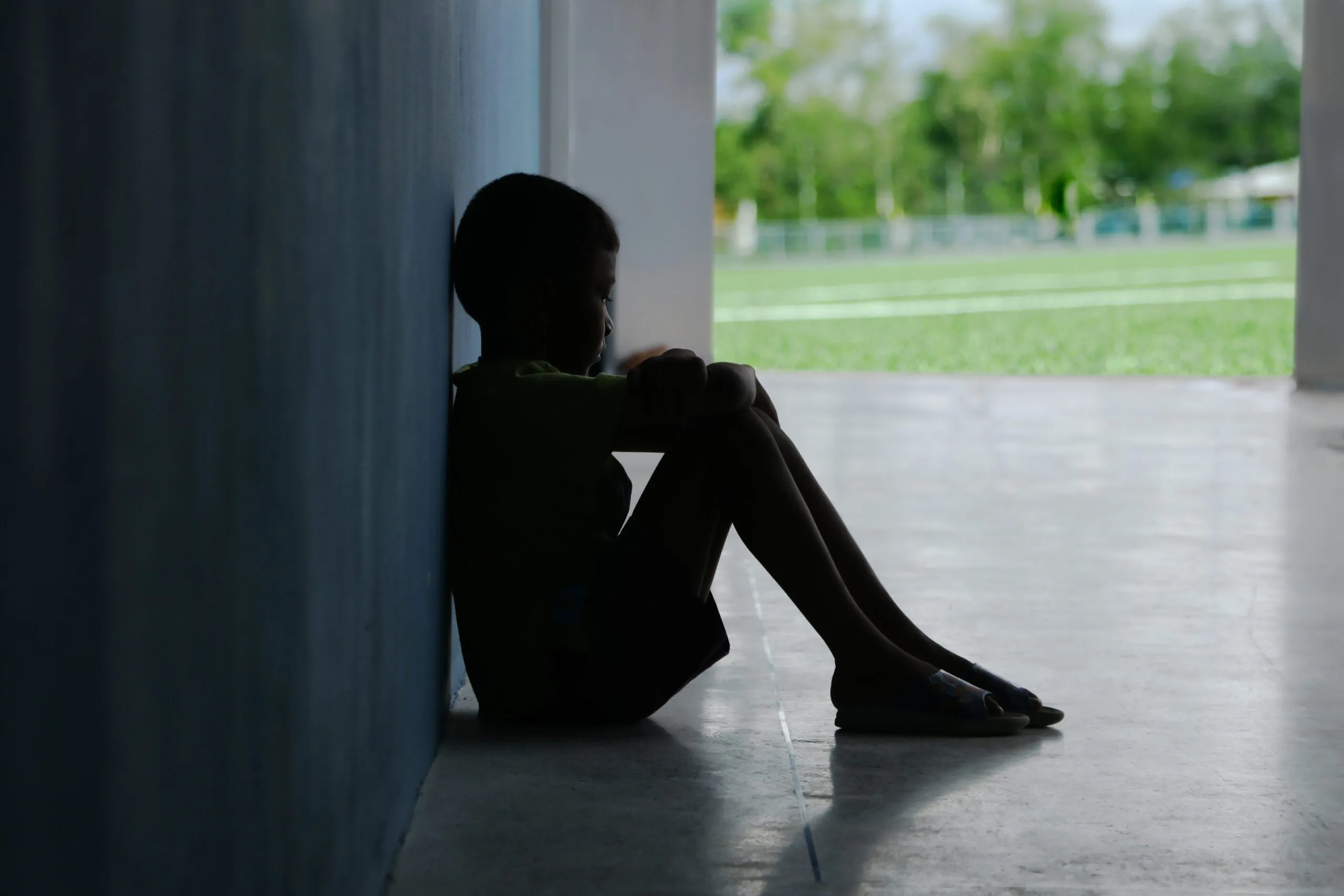All too often, the desire for safer and healthier communities is palpable, yet challenges arise due to a lack of trust between stakeholders, limited resources, and disagreements over proposed solutions. To overcome these common obstacles and move forward in stemming the tide of violence, community members should consider these holistic, evidence-based violence prevention strategies. Outlined in the following three steps, this process entails identifying “hotspot” areas experiencing high levels of neighborhood violence, bolstering economic and social supports, and effectively treating and managing trauma to finally move the needle in preventing violence. Here’s how it works.
#1. Identifying “Hotspot” Areas Experiencing the Highest Levels of Violence
The first question to be asked is, where is the highest level of gun violence occurring? Consider the fact that over 80 percent of gunshot incidents are never reported to 9-1-1. Whether out of fear of reprisal or distrust of law enforcement, the sheer fact that these incidents are so widely underreported creates a chilling effect in communities, meaning that serial trigger pullers often receive a free pass to inflict senseless trauma, injury, and death. Gunshot detection technology determines where gunfire is happening. It also delivers historical data, heat maps, and trend analysis of “hotspot” areas where it’s happening the most. This means cities and governments can prevent violence by clearly identifying where to allocate programmatic resources and community leaders can dedicate time and energy to the right places—all in near real-time.
#2. Bolster Economic and Social Support within Communities
Community violence, at its core, is a symptom of a much larger, complex problem. Too many Americans feel left out, abandoned, and worse still, targeted. Structural and institutional discrimination, in combination with growing economic inequality, represents a toxic brew that perpetuates chronic poverty, low educational attainment, and sometimes, crime. To turn the tide and prevent community violence, economic and social support must be included as part of any violence prevention strategy. Mentorships, after-school programs, and experiential learning opportunities such as field trips are essential for youth, connecting them to caring adults and activities that bring diversion, inspiration, guidance, and goal setting.
Job shadowing is key to discovering new career pathways, while workforce training and summer jobs programs enable job seekers to attain valuable skills at little to no cost. Entrepreneurship can also create opportunities for those looking to leverage existing skills in areas such as the arts and social media. Finally, neighborhood watch programs, partnerships with law enforcement, and community clean-up efforts can help turn the tide by building trust between stakeholders and bolstering the image and pride within an area. Serving to deter crime, efforts like these can spur new public, private, and non-profit sector investments such as housing and grocery stores, locally owned and operated co-operatives, community gardens, and investment groups.
#3. Effectively Treat and Manage the Trauma
Gun violence, including just the sound of gunfire alone, is a distressing experience to most people, especially to those not accustomed to hearing it, or those who are too young to process what it means. That trauma is magnified when other adverse childhood experiences (ACEs) are considered including food insecurity, lack of safe shelter, and environmental factors such as unsafe drinking water—all of which can start as early as gestation. Since gunfire is a telltale symptom of a community in trauma and crisis, gunshot detection technology is an essential tool, providing authorities with potentially life-saving information in near real-time. This data can then be shared with organizations that can provide resources, including:
- The Office of Violence Prevention Network
- Churches and other faith-based organizations
- Community Development Financial Institutions
- Federally Qualified Health Centers
- Workforce Development and Training Organizations
Immediate follow-up is key to treating those affected by stressful and traumatic events. It could mean a home visit from a licensed social worker utilizing a trauma-informed approach to check on a family. School and hospital-based intervention programs are also designed to meet victims where they are, with the goal of preventing retaliation, while also treating the onset of post-traumatic stress disorder through evidence-based cognitive-behavioral techniques. Programs like these serve as a helpful violence prevention strategy and are designed to help participants recover from the impact of trauma, particularly in communities where access to mental health services is limited.
The Bottom Line
In far too many communities, the scourge of community violence has become all too normalized, wreaking havoc and shattering lives. Violence prevention is key, which is where SoundThinking™ comes into play—in terms of gunshot detection, but also as a critical tool for community-based violence intervention. By directing the allocation of programmatic resources in near real-time, SoundThinking can help treat the root causes of violence and play a vital role in restoring health and safety back to our communities.






